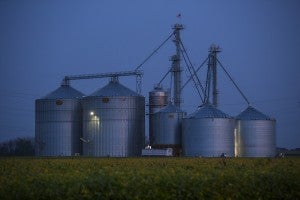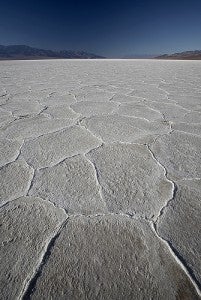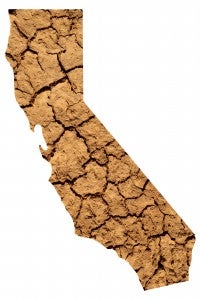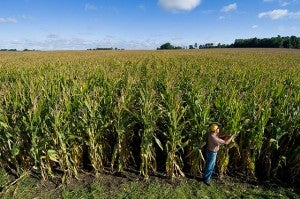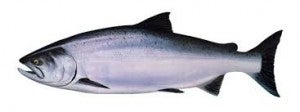
California’s Chinook salmon are large fish that can grow up to 58 inches in length and weigh up to 129 pounds. But most salmon do not grow this large, especially in drought conditions, lacking sufficient habitat. (Credit: seafoodwatch.org)
Already an endangered species, California salmon populations have reached record lows.
Fisheries officials with the National Oceanic and Atmospheric Administration found that just 3 percent of this generation of winter-run Chinook salmon survived in the Sacramento River. This is a record low survival rate – more than 10 times worse than the survival rate before the California drought.
How does drought affect salmon?
Salmon at any stage need cold water to survive, and severe drought conditions have put a chokehold on the state’s water supply, which relies on snow melt from the Sierra Nevada Mountains. Without this snow melt, there is less cold water flowing into California’s waterways, creating higher than normal water temperatures in the Sacramento River.
But it’s not just the lack of cold water that’s affecting salmon populations. They also lack sufficient habitat to grow and thrive. Even if the drought ended today, they would still be in peril without adequate habitat. Read More










